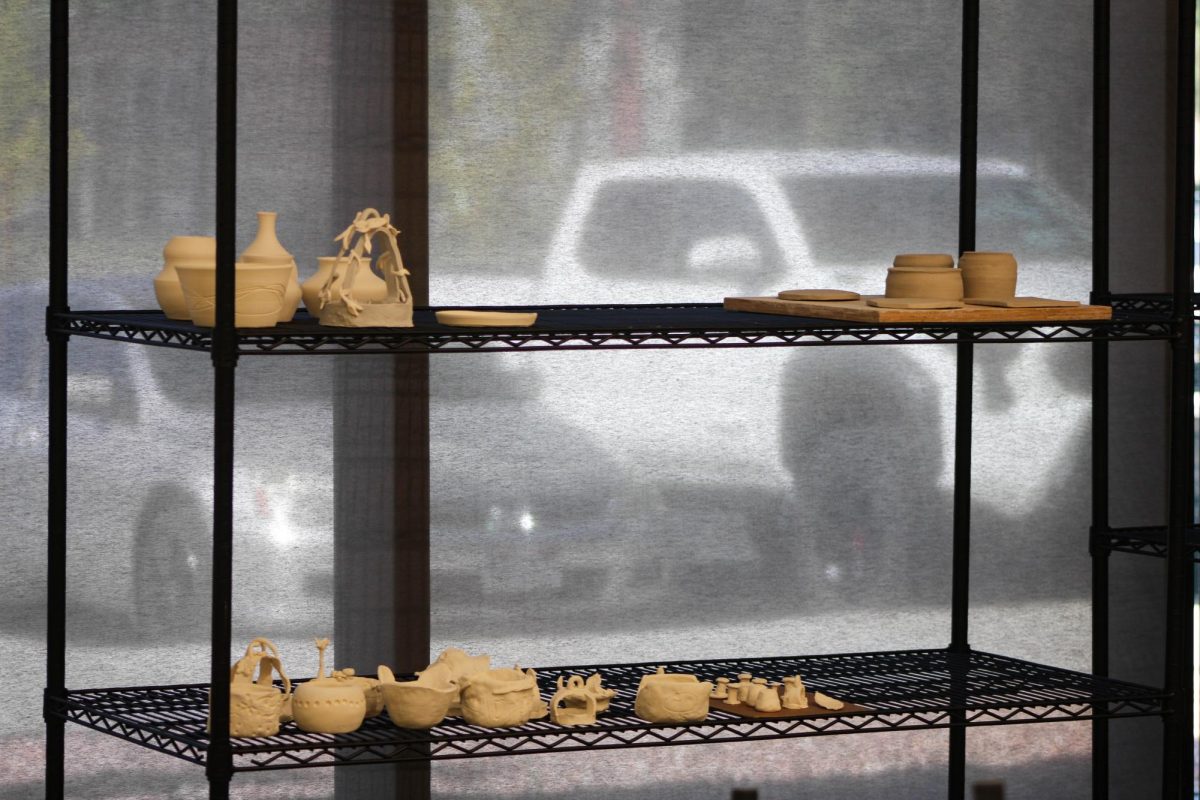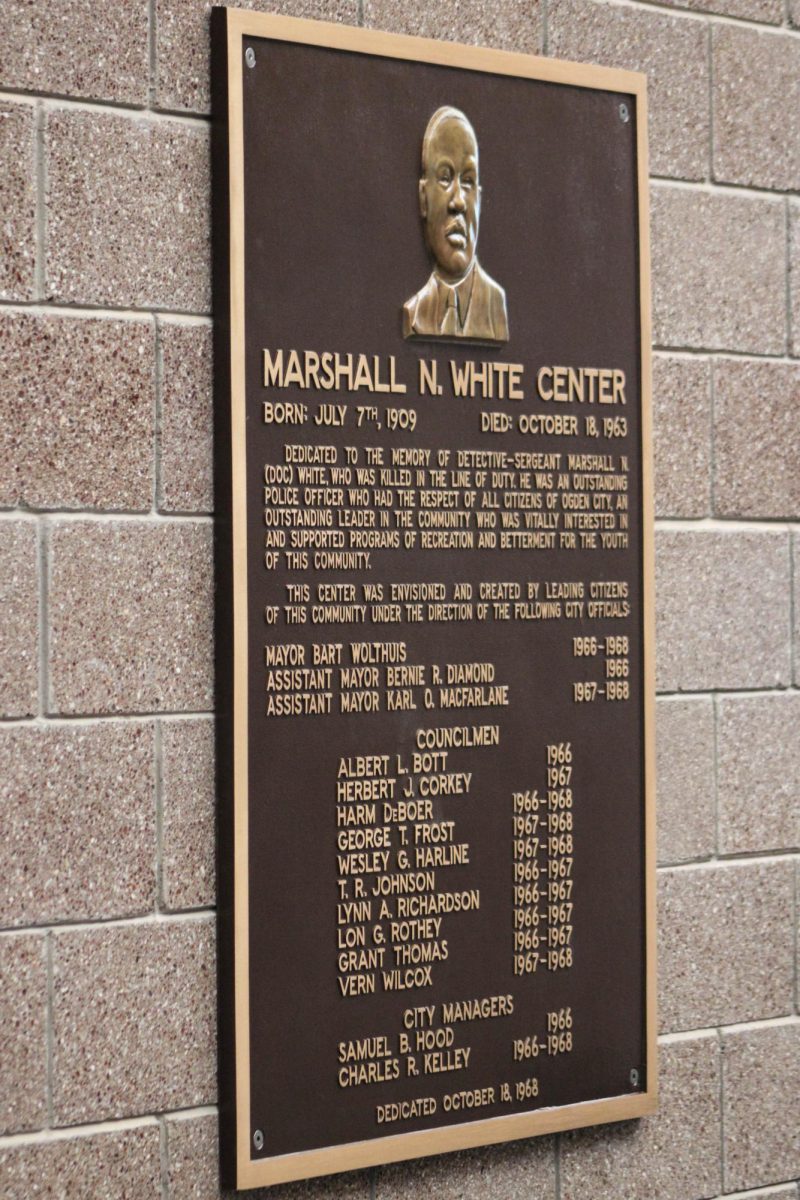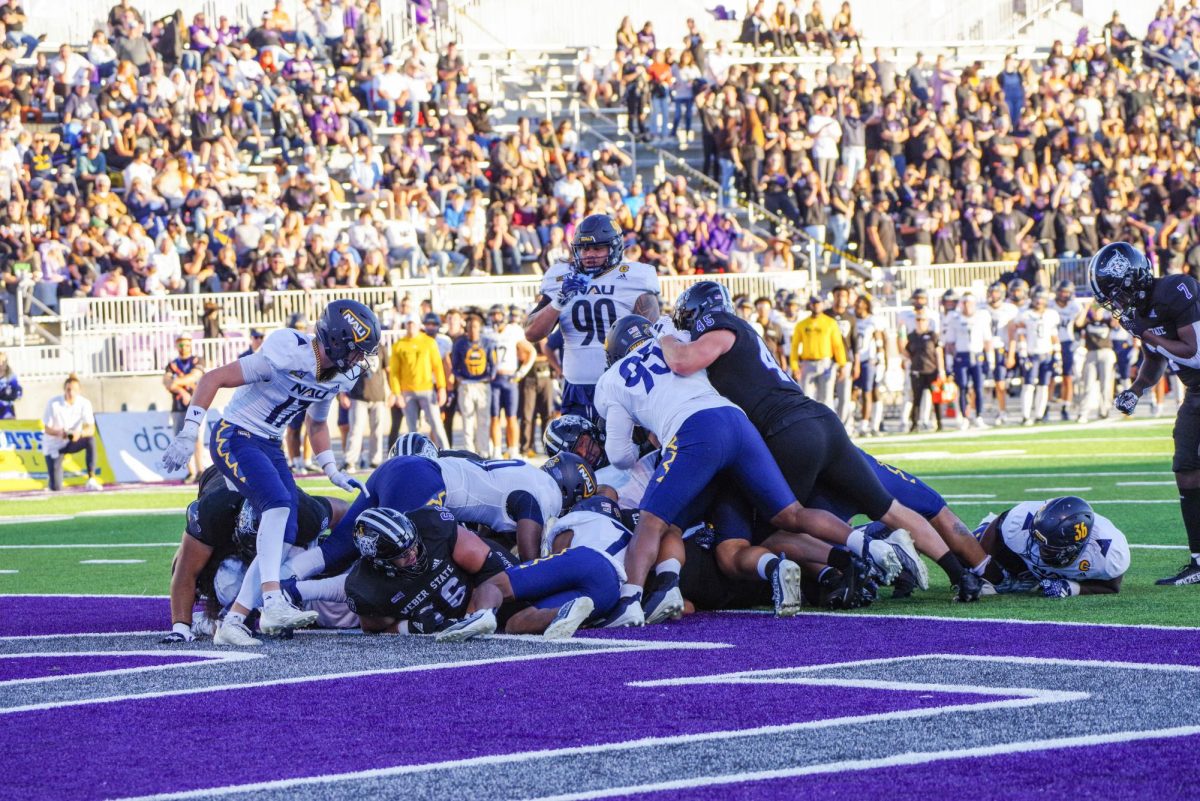There have been predictions that this year will follow an El Niño weather pattern. Now that we are approaching winter, the forecast is only getting more attention.
“We’re predicting this El Niño could be among the strongest El Niños in the historical record,” Mike Halpert, the deputy director of the Climate Prediction Center for the National Oceanic and Atmospheric Administration, said in a New York Times article. Salt Lake City News has also said this may even be the strongest El Niño event Utah has had in 18 years.

El Niño is a climate pattern that is characterized by unusually warm water temperatures along the equator in the Pacific Ocean. The warmer waters release more heat to the atmosphere, causing changes in its circulation.
As a result of the change in circulation, the jet stream over the Pacific Ocean becomes stronger, which generates more intense thunderstorms over the western U.S.
Southern Asia and Australia, which are normally rainy, become dry and experience droughts. The Western Pacific, on the other hand, experiences stronger typhoons and has experienced five super typhoons in 2015 when they normally only have one by this time of the year.
Although El Niño occurs every two to seven years, the intensity of the event varies each year.
Fox 13 Salt Lake City reminded Utah residents of the last big El Niño that happened in 1997. This event created weather-related havoc across the globe, causing mudslides in California and a drought in Indonesia.
Scientists use the Oceanic Niño Index (ONI), which measures sea surface temperatures (SST) in the tropical Pacific, to determine the intensity of El Niño. SST above 0.5 degrees Celsius are considered El Niño conditions, and anything above 1.5 degrees Celsius is a strong El Niño.
In the 1997 El Niño event, the ONI value was measured at 2.3 degrees Celsius above normal. This year’s El Niño was measured at 1.0 in August and has been increasing each month. It is uncertain exactly which month El Niño will peak and what its final strength will be, however, the NOAA predicted the sea surface temperature to be 2.0 degrees Celsius above normal by late fall/early winter.
With El Niño changing weather patterns across the world, what does this mean for Utah’s ski season?
Since the southern branch of the jet stream is more active in El Niño winters due to the change of circulation in the atmosphere, Utah is expected to have a wetter-than-normal winter with plenty of snow.
These weather conditions will give students a chance to get out enjoy Utah’s winter this year.
Weber State’s outdoor rental program provides students access to rentals for all kinds of winter sporting equipment.
“I think it’s an exceptional event for us,” said Daniel Turner, WSU Outdoor Program coordinator. “The rental center provides a good opportunity for students to get outside and try new things.”
Students can also purchase discounted lift tickets from the outdoor program to Powder Mountain for $65, and to Snowbasin for $77. Both ski resorts are just a short half hour drive from WSU.
“Students should get excited for winter sports,” Turner said.
The outdoor program will be hosting a WSU ski day at Powder Mountain and Snowbasin this ski season. WSU ski day at Powder Mountain will be on January 9 from 8 a.m. to 4 p.m. WSU ski day at Snowbasin will be January 23 from 8 a.m. to 4 p.m.
Visit www.weber.edu/outdoor/ for more information on WSU ski days and outdoor rentals.



















